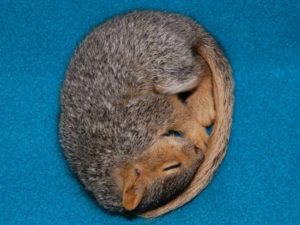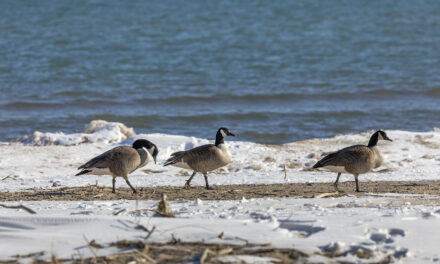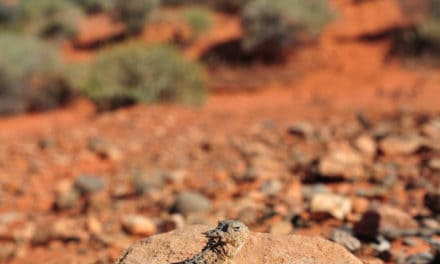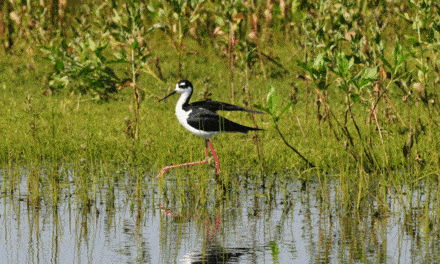Courtesy of dnr.state.wi.us
[media-credit name=”bigstockphoto” align=”alignleft” width=”300″] [/media-credit]
[/media-credit]
What happens to animals when the days get shorter and the snow starts to fly? Many head for warmer climates. Others get ready for winter by putting on a thick coat of fur. Some animals head underground for a long winter’s nap. This is called hibernation. These hibernators go into a deep sleep. If you saw a hibernating animal you might think it was dead.
How does an animal know when it’s time to get ready for hibernation? How does its body know to slow down during hibernation? Scientists have found a special substance in the blood of hibernating animals. It’s called HIT (Hibernation Inducement Trigger). If blood is taken from a hibernating ground squirrel in the winter and injected into an active squirrel in the spring, the active squirrel goes into hibernation. (Pretty weird, huh?)
There are different kinds of hibernation. The “true” hibernators sleep so deeply that they are almost impossible to wake up. Woodchucks, ground squirrels and bats are “true” hibernators. A woodchuck’s heart rate goes from 80 beats a minute when active to 4 or 5 beats a minute when in hibernation. Its body temperature drops from 98 degrees Fahrenheit to 38 degrees Fahrenheit. And, the woodchuck’s incisors, which grow continuously and are kept short by all the gnawing it does, quit growing during hibernation. True hibernators do get up every few weeks to nibble on food, and in the case of the woodchuck, use an underground toilet room. When bats are ready to hibernate, they must find a place that stays above freezing. They gather together in caves called hibernacula.
Bears are not “true” hibernators. They are one of the “light sleepers.” They are easily awakened from their winter slumbers. These in-between hibernators are simply taking long winter naps. Skunks, raccoons, opossums are also in this group. These animals breathe a little more slowly and lower their body temperature a few degrees while sleeping, but they wake up to forage between winter snows.
Can you think of any other animals that hibernate? How about our cold-blooded friends snakes,turtles, and frogs. Since cold-blooded animals can’t warm themselves up, they need to find a way to protect themselves from the cold. Frogs and turtles bury themselves in the mud below the frostline. They get oxygen from air trapped in the mud. In the spring when the sun warms the mud, out they’ll come. Some snakes head underground to hibernate, others gather together in sheltered places, like rotted out logs. Imagine walking in the woods on a spring day and coming across a bunch of snakes emerging from their wintering spot. What a sight that would be!
Hibernation is still somewhat of a mystery and an amazing animal adaptation. The next time you are sitting around the fireplace all snug, warming up after playing outside, think about all the animals that are sleeping, snug in the snow.












